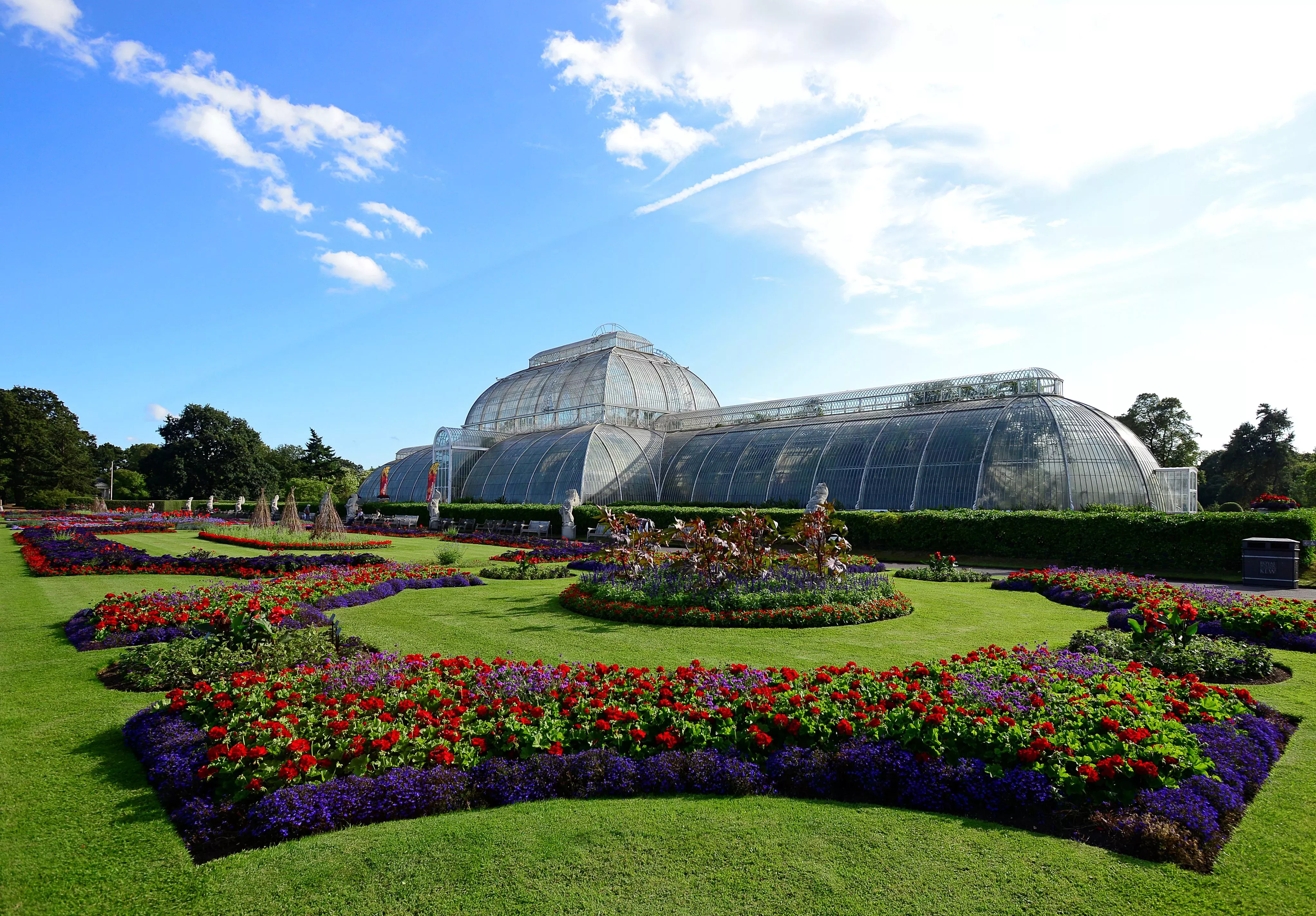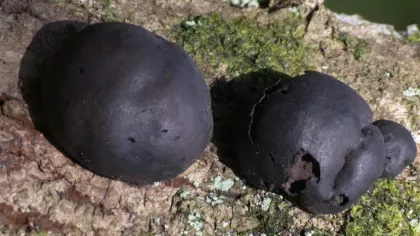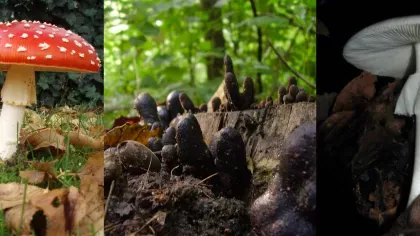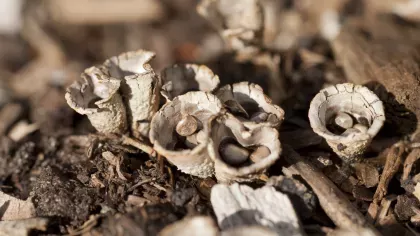24 October 2019
In pictures: Fungi spotting season at Kew
Embark on a quest for fungi in the gardens and see what treasures you can find.

Fluted Bird’s Nest (Cyathus striatus)
The mature reproductive structures of the Fluted Bird’s Nest fungus resemble small nests filled with eggs. These egg-like structures contain fungal spores which are dispersed by falling rain drops that knock the eggs out the nests.
The Fluted Bird’s Nest fungus is easily distinguishable from other Bird’s Nest fungi by its funnel-shaped reproductive structures that have a hairy exterior and grooved inner walls.
This is a saprotrophic fungus, which means it gets its nutrients from decaying matter. For this reason, the Fluted Bird’s Nest fungus is often found growing upon woodland debris.
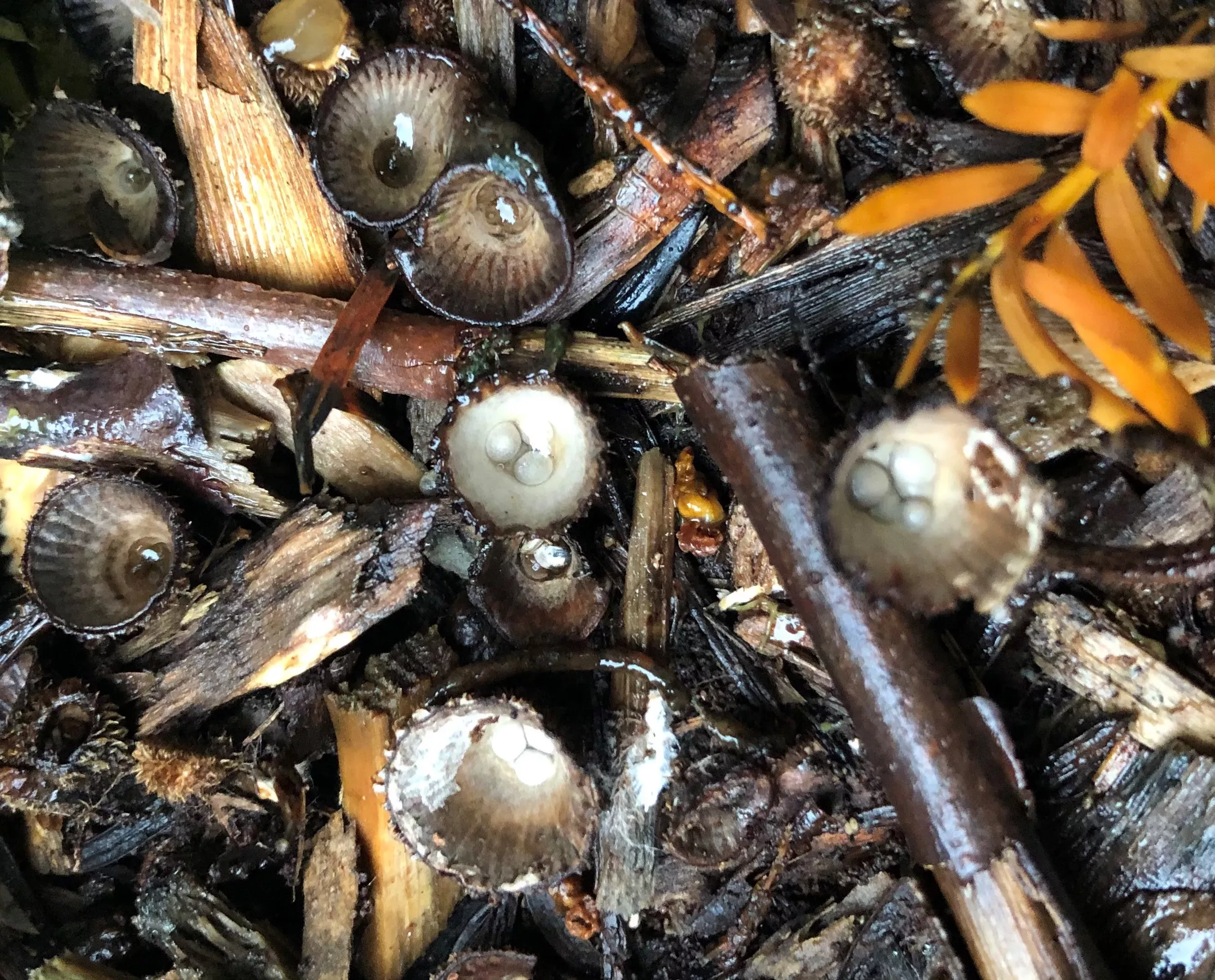
Honey Fungus (Armillaria mellea)
Honey Fungus is the common name given to several species of the fungus Armillaria.
It is the most destructive fungus in UK gardens, known for attacking and killing roots of many woody plants.
In autumn, clumps of honey-coloured mushrooms (which are a type of reproductive structure) appear at the base of infected tree stumps. Unfortunately, there is no effective way to cure these trees; the only solution is to remove and destroy all infected root and stump material.
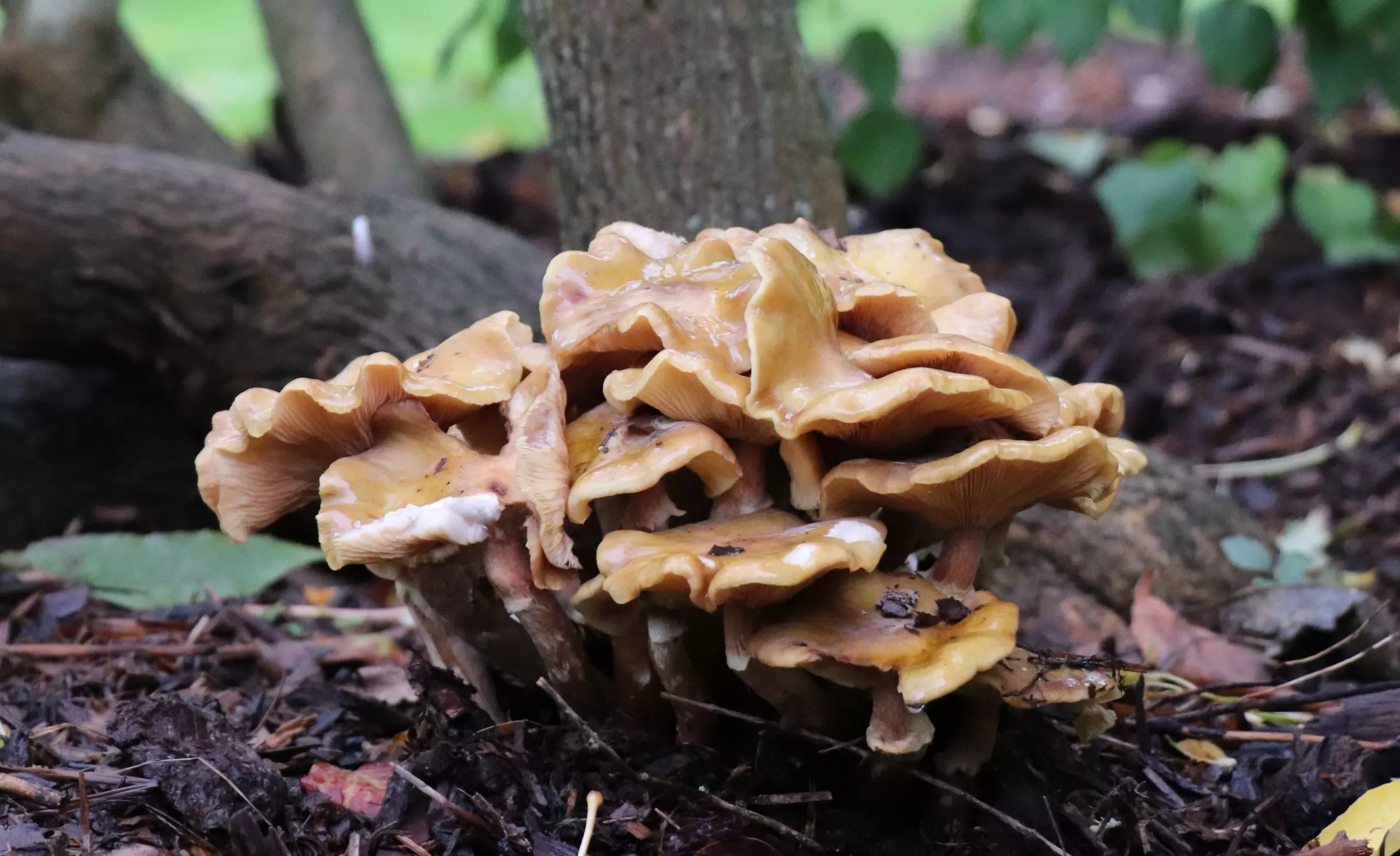
Octopus Stinkhorn (Clathrus archeri)
It is not hard to guess where the common name for this fungus comes from.
The reproductive structure of the Octopus Stinkhorn hatches from an egg stage to reveal red, tentacle-like arms covered in a dark sticky tissue called gleba.
When mature, the Octopus Stinkhorn smells like rotting flesh. This unpleasant odour attracts flies which disperse the spores to produce more fungi.
While native to Australia and New Zealand, the Octopus Stinkhorn fungus was introduced to Britain. It is now frequently found in the south of England in autumn amongst wood-chip mulch, decaying tree stumps and leaf litter.
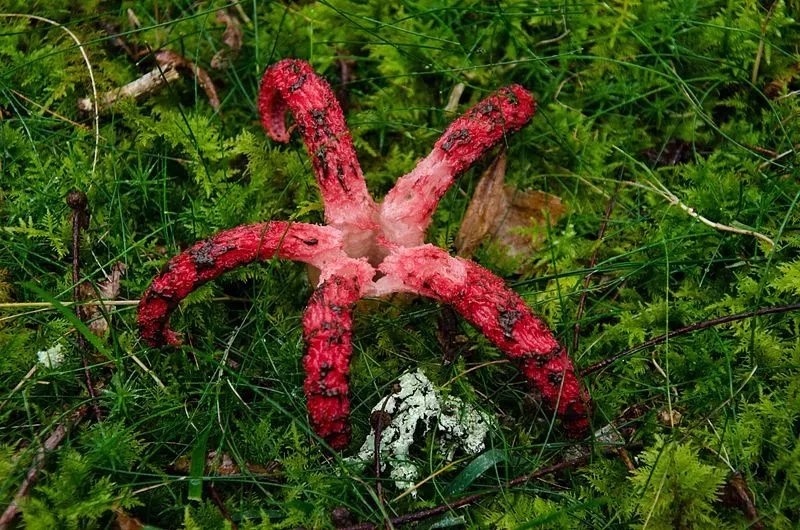
Chicken of the Woods (Laetiporus sulphureus)
Chicken of the Woods is a bracket fungus, meaning the reproductive structures appear like shelves and grow on trees. The spongey, bright yellow brackets can typically be found on the trunks of dead or mature hardwood trees.
This fungus is another saprotroph and therefore feeds on dead and decaying matter. It lives in the central dead core of tree trunks and larger branches and colours the wood brown (brown rot) as it decays and then hollows out the wood.
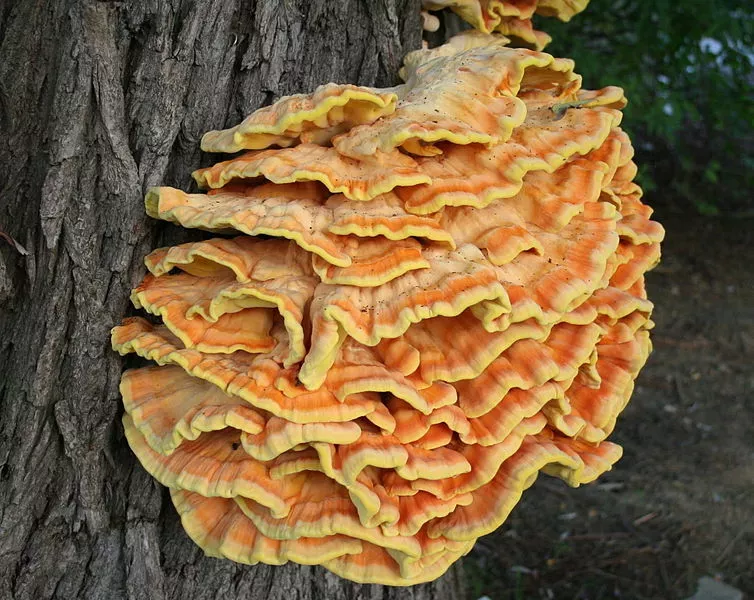
Common Puffball (Lycoperdon perlatum)
Mostly found growing in clusters in leaf litter in woodlands, the common puffball has a round reproductive structure covered in short spines.
Upon maturity, it turns from off-white to brown and a hole appears in the top. When compressed, either by falling raindrops or animals, a puff of spores is released that give rise to more puffball clusters.
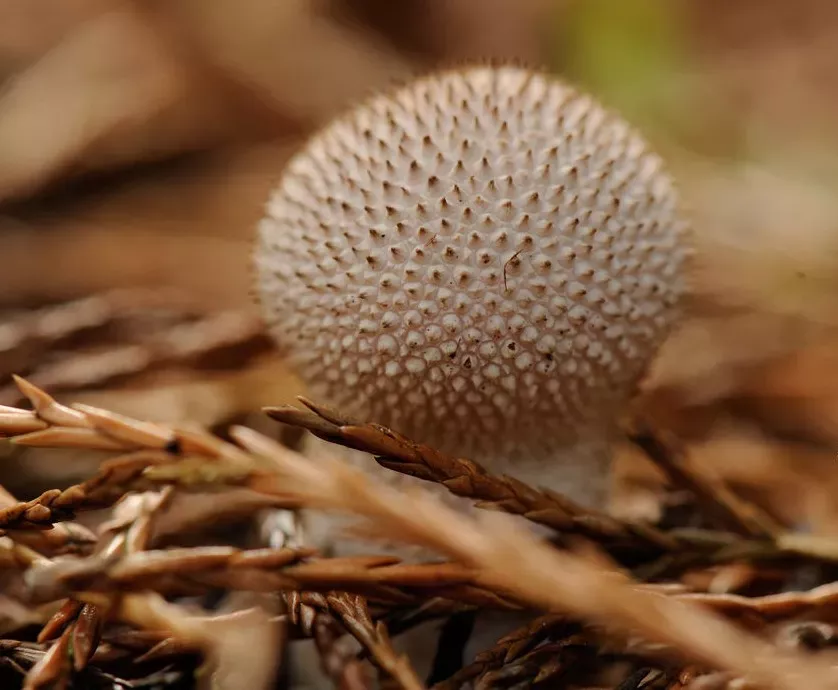
Zoned Rosette (Podoscypha multizonata)
The Zoned Rosette is listed as a priority species in England. This is because it is generally rare across Europe but has a stronghold in the UK.
The large pinkish-brown, rosette-like reproductive structure of this fungus is typically seen near the base of old, ancient and veteran beech or oak trees. This habitat has declined in Britain, so the fungus requires surveillance and careful management to ensure its long-term survival.
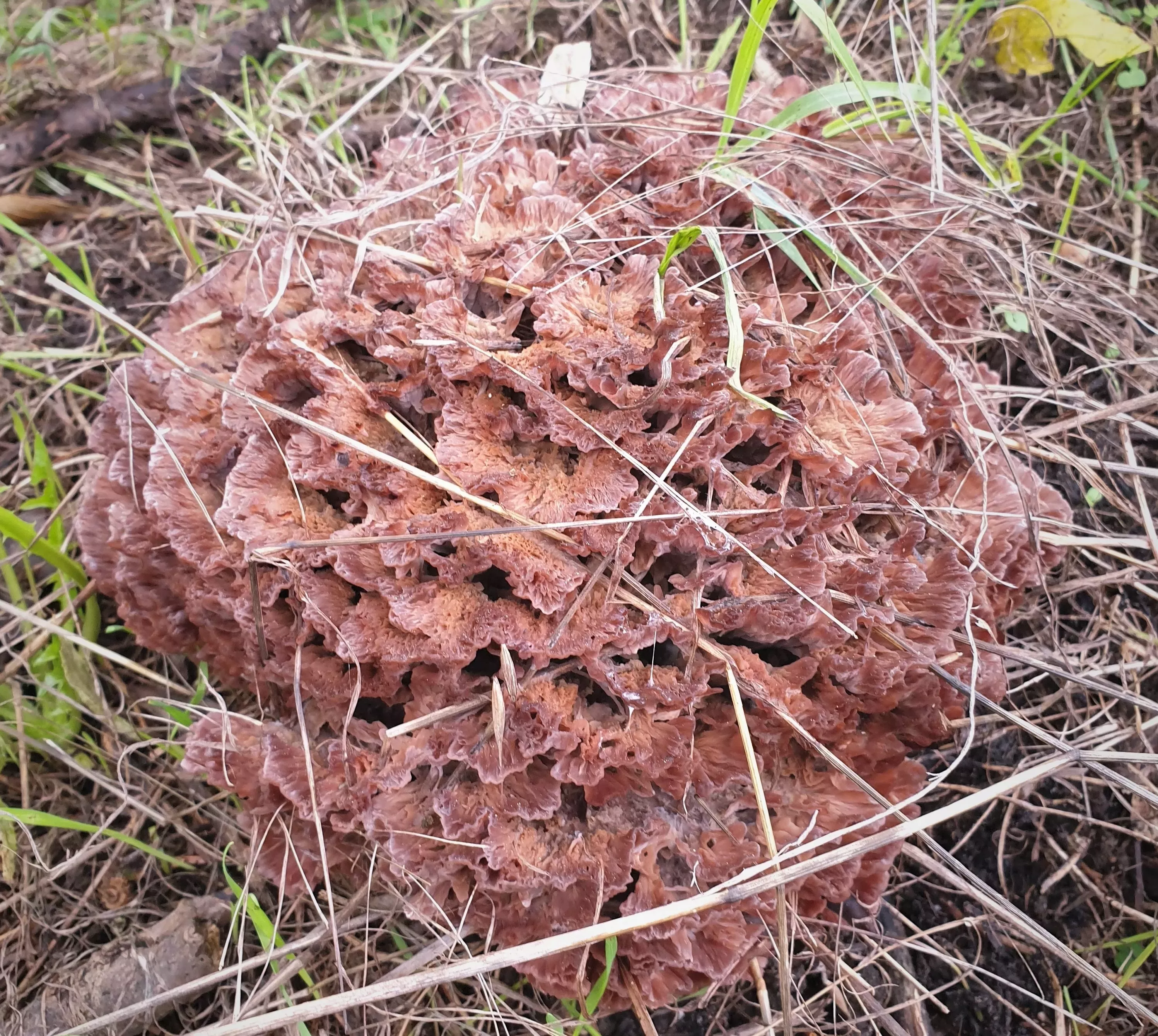
Shaggy Ink Cap (Coprinus comatus)
This is a common fungus in Britain, often found growing in clusters on lawns.
The Shaggy Ink Cap earns its common name from the mushroom's white cap that is covered in scales, and the black, spore-bearing liquid that oozes from its gills on the underside of the cap.
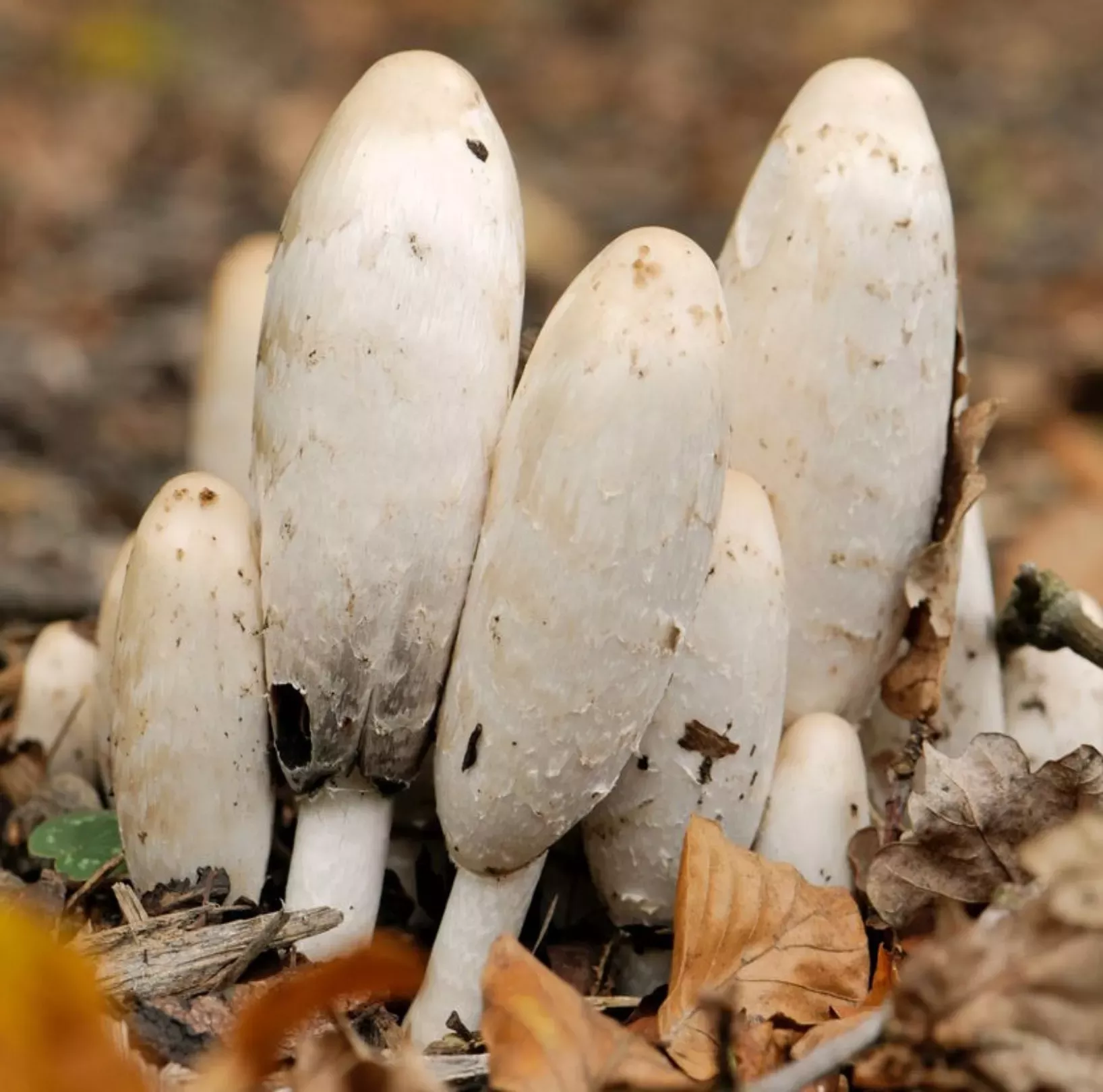
Fairy Ring Champignon (Marasmius oreades)
Widespread and common in Britain, the Fairy Ring Champignon grows in rings in grassy areas.
This fungus, sometimes referred to as the resurrection mushroom, can dry out completely on hot and sunny days, but then after rain, expand and regain shape.
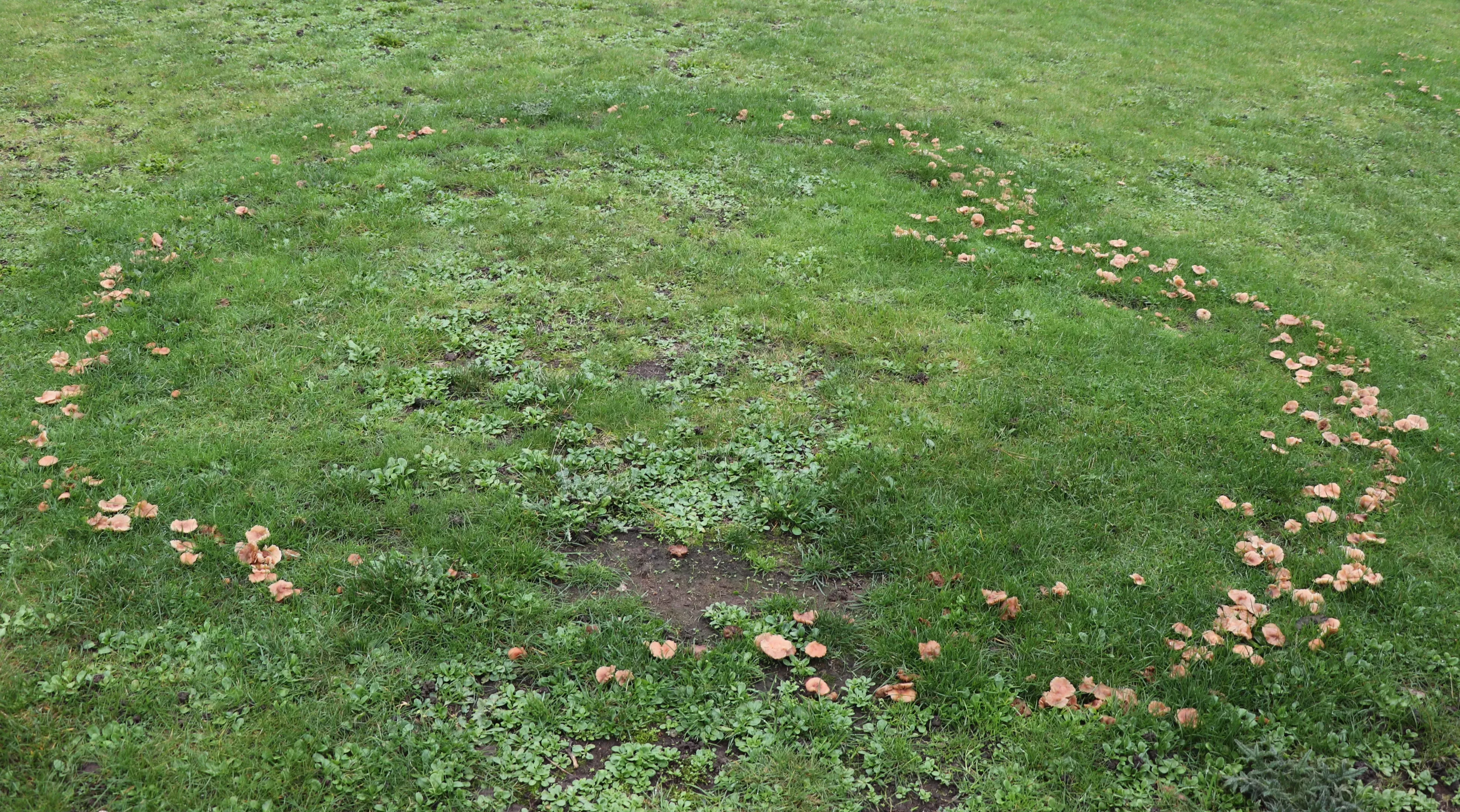
Shaggy Parasol (Chlorophyllum rhacodes)
Last up is the Shaggy Parasol. This large fungus, often found in woodland, has a shaggy, scaly cap and smells sweetly aromatic.
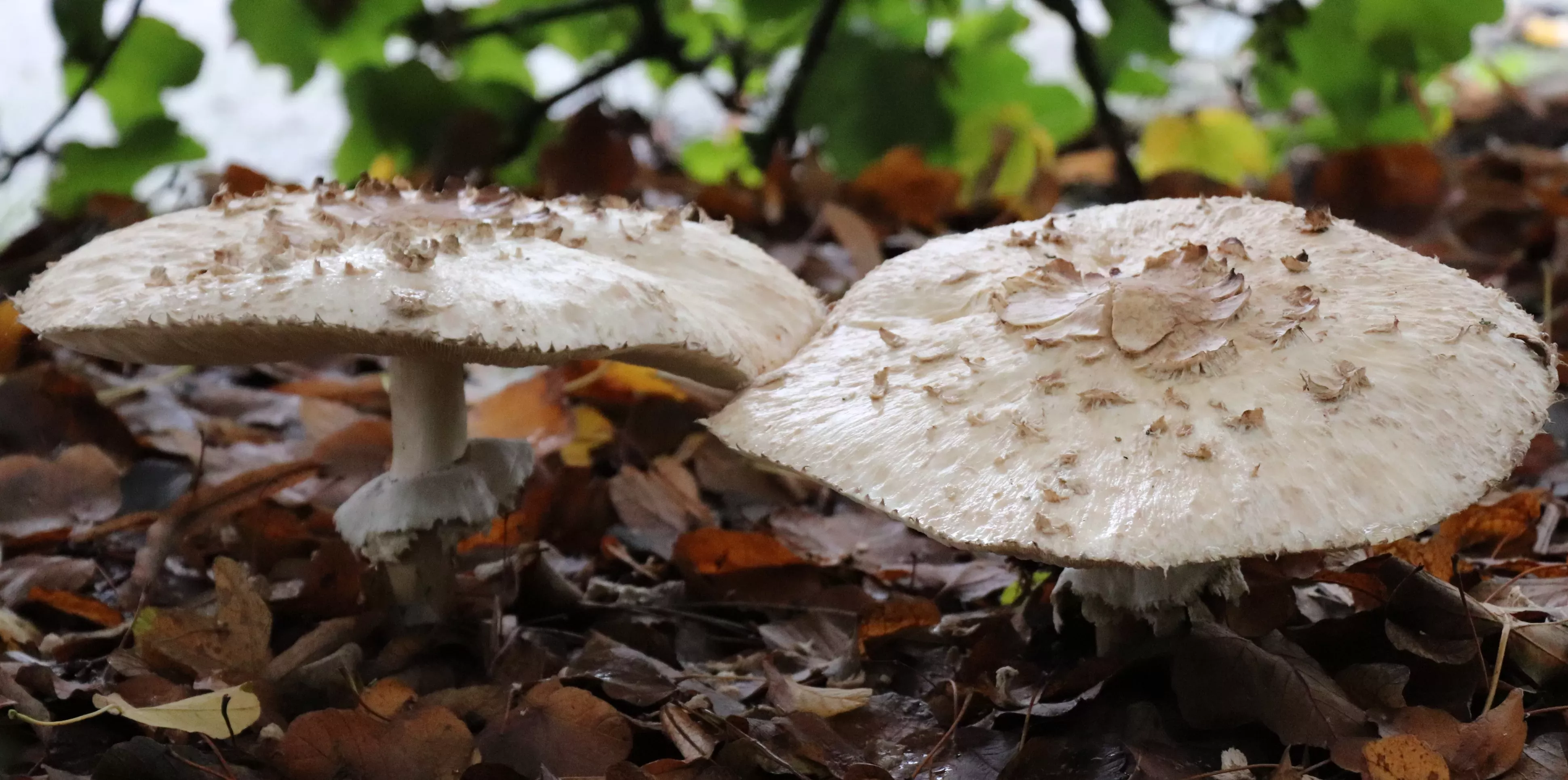
At Kew, a whole range of fungi can be found at the log walk and surrounding wild areas.
Come to the gardens and see for yourself, but remember, don't pick. Leave them so other people can embark on a fungi quest of their own.
